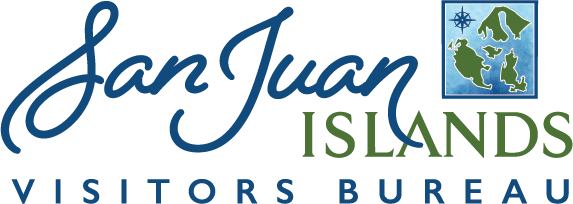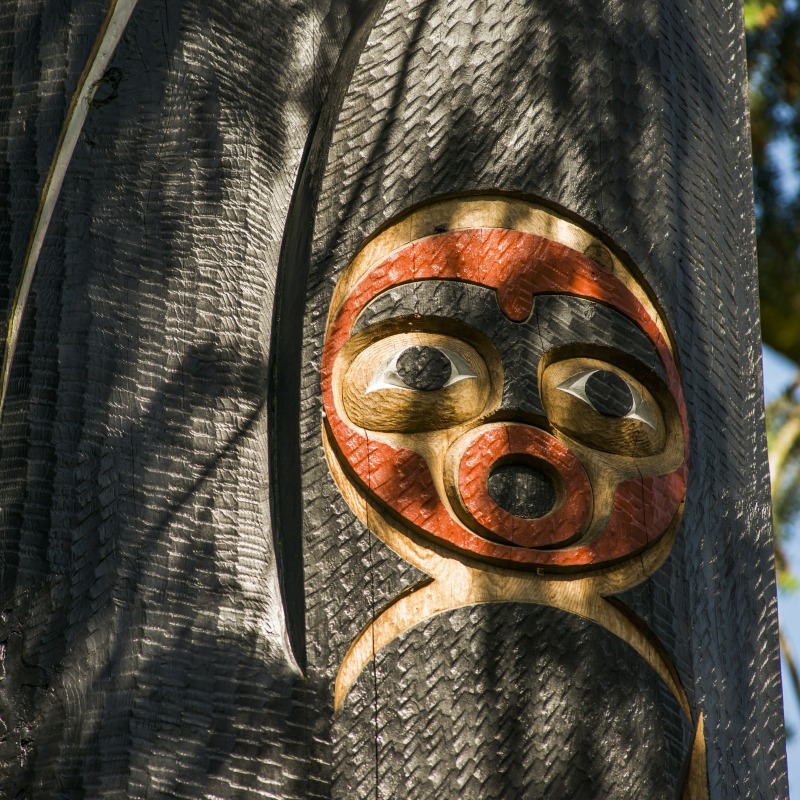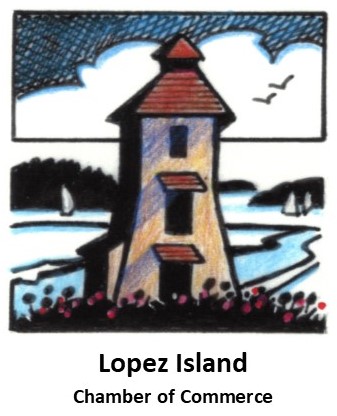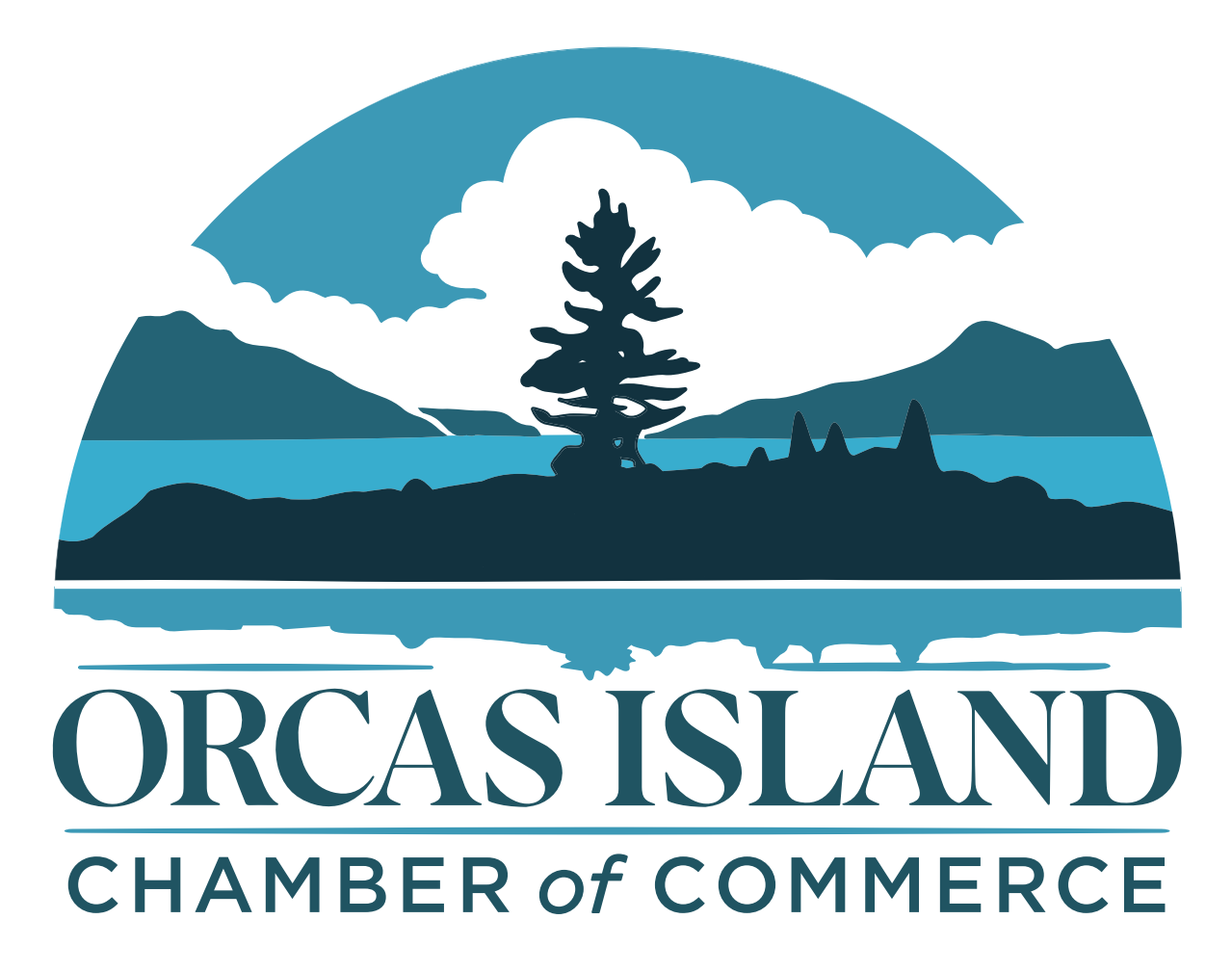Discover the Coast Salish peoples of the San Juans
Let us acknowledge that we reside on the ancestral lands and waters of the Coast Salish people who have called this place home since time immemorial and let us honor inherent, aboriginal, and treaty rights that have been passed down from generation to generation.
Native American tribes and First Nations of Canada have cared for the San Juan Islands as part of their ancestral territory since time immemorial. Coast Salish people gathered in the Islands to harvest shellfish and salmon from the sea, camas in prairies, berries along streams and in forests, and in other flora and fauna for food and traditional uses. These ancestral lands and waters are still utilized today and are protected under inherent, ancestral, and tribal treaty rights. Linguistically, Coast Salish groups in the area consist of the Nooksack and Northern Straits (which include the Lummi, Klallam, Saanich, Samish, and Songhees dialects).
Visit the sites below and learn more about their culture, traditions, and heritage.
San Juan Island
'Interaction'
In 2004, a set of Coast Salish house posts carved by noted Musqueam First Nation artist Susan Point was installed at Fairweather Park in Friday Harbor. The house posts tell the story about the interdependence of humans and animals. The sculpture is made from two cedar posts and a crossbeam. The cedar is adorned with painted carvings of a woman and animal figures. On one post a woman stands on a base extending her arms and hands to the paws of a mountain lion; a copper dome reflects their shared environment. The second house post is a complex representation of the ocean--a killer whale looking down from the top of the post has its tail curled up at the base. The whale's tail, carved with a shark's-head motif, is designed as a seat. House posts were located inside longhouses and told the stories of the owners of the house.
"Interaction" is dedicated to welcoming all to work together in the stewardship of our precious marine ecosystem. Point intended it to remind us of the responsibility we have to care for the environment. It was the first permanent installation of Coast Salish art in a public place on the island. From the time of their unveiling, the house posts have become a gathering place for islanders and visitors -- especially children, often awed by the sculpture's size, engaging motif, and deep, colorful carvings.
English Camp
The Lummi and Saanich Nations dedicated a Reef Net Captain Totem Pole and two Salmon Story Boards to the San Juan Island National Historical Park to commemorate the National Park Service's Centennial. The parade ground at English Camp is the spiritual site of their ancestors' village at Pe'pi'ow'elh. The story pole was carved by Temosen Charles Elliott, Tsartlip; the story boards were carved by Se Sealth Jewell James, Lummi. They tell the story of reef net fishing, a form of fishing unique to the islands.
Reef netting, a subsistence style of salmon fishing invented by the Coast Salish tribes that call the region home, has existed for at least 1,800 years. Unlike tribes living at the mouths of great rivers where salmon consistently returned each fall, the people of the straits used reef netting to intercept Fraser River salmon as they made their long end-run around Vancouver Island northward toward their natal rivers. Traditionally, their nets were woven from willow bark and secured to anchor stones by heavy lines made of cedar, then suspended between two canoes creating an artificial reef that would entice salmon to the surface. In this way, native fishermen were able to stockpile sufficient amounts of fish to last until the salmon returned.
American Camp
Created in collaboration with the Tribes of the San Juan Islands, the new visitor center at American Camp hosts state-of-the-art exhibits that will pay “tribute to the multiple histories of San Juan Island and their meaning for different individuals and groups and the unique environment of our island,” says Elexis Fredy, park superintendent.
Interior exhibits tell the story of Indigenous islanders and lifeways. The wall mural depicts pre-settlement Coast Salish life here. A canoe by Lummi Nation carver Dean Washington is suspended from the ceiling. In front of the mural are displays of seven canoe paddles carved by Native artists and an interpretive panel with objects related to Indigenous building methods, carving, and resource harvesting. Visitors can press buttons to hear the words for those objects spoken in Lummi, Samish, S’Klallam, and Lushootseed – four of the languages Indigenous to the island.
Some of the displays reflect the island’s diversity of Indigenous cultures. The island, located in the center of the Salish Sea, is seemingly equidistant from everywhere: S’Klallam on the Olympic Peninsula to the south, Nooksack and various Northern Lushootseed-speaking tribal nations on the Washington mainland; the Squamish, Sechelt, Sliammon and Halkomelem-speaking tribal nations to the north in mainland British Columbia; and Pentlatch, Comox and Island Halkomelem-speaking tribal nations to the west on Vancouver Island.
Outside is a plaza with graphic panels depicting salmon, Thunderbird, and two hands raised in welcome. The panels were created by Jason LaClair of the Lummi Nation. The plaza also features a timeline of Coast Salish history on the island from pre-contact to present day, a map of Coast Salish nations, and interpretive panels about tribal sovereignty.
Orcas Island
Orcas Island Marine Interpretive Area
The Orcas Landing County marine facility, once a defunct fueling station, has been repurposed into an inviting public space and marine interpretive area. The County integrated local sculptural art in form of boulder seating and water drop paving, interpretive signage, and native plantings in the overlook area, a marine educational bulletin board near the dock, a steel kelp forest, and crab in eelgrass along the wall leading down to the dock, and a significant Coast Salish designed and inspired mural greeting those arriving at the Island by canoe, boat or ferry.
Two interpretive panels commissioned by the Marine Resources Committee provide visitors with both ecological and cultural perspectives. One panel shares a view of life below and above the water, highlighting the diversity of species in the Islands. The other panel shares the traditional Coast Salish reef net fishing practices, once common in the Islands, as guided by Patti Gobin of the Tulalip Tribes. The Coast Salish mural “Preservation” ties the community together in its interpretation of the past, present, and future of life in the Islands.
Lopez Island
Lopez Island Historical Society and Museum
Exhibit: Impacts of Colonization on the Straits Salish
Dive deeper into the history of San Juan Islands and the traditional territory of the Straits Salish people. This exhibit will guide you from 1790, when the Straits Salish continued to inhabit the islands but were impacted by European exploration, the fur trade, new diseases, treaties, homestead acts, and Euro-American exploitation of the salmon fishery.
Learn about how the Straits Salish remain connected to the islands today through fishing, culture, language, Canoe Journeys, and more.
Fisherman Bay Spit Preserve
Straits Salish communities relied heavily on marine resources and regularly visited certain sites throughout the San Juan Islands to gather food for thousands of years. Fisherman Bay Spit was one prime location where Straits Salish fishers caught salmon by using a unique fishing technology called reef-netting.
Fisherman Bay Preserve is a 29-acre property that includes open meadows, woodlands, wetlands, and approximately 1 mile of shoreline.
Interested in learning more about traditional Indigenous sites? Check out this map from the Samish Nation.
















